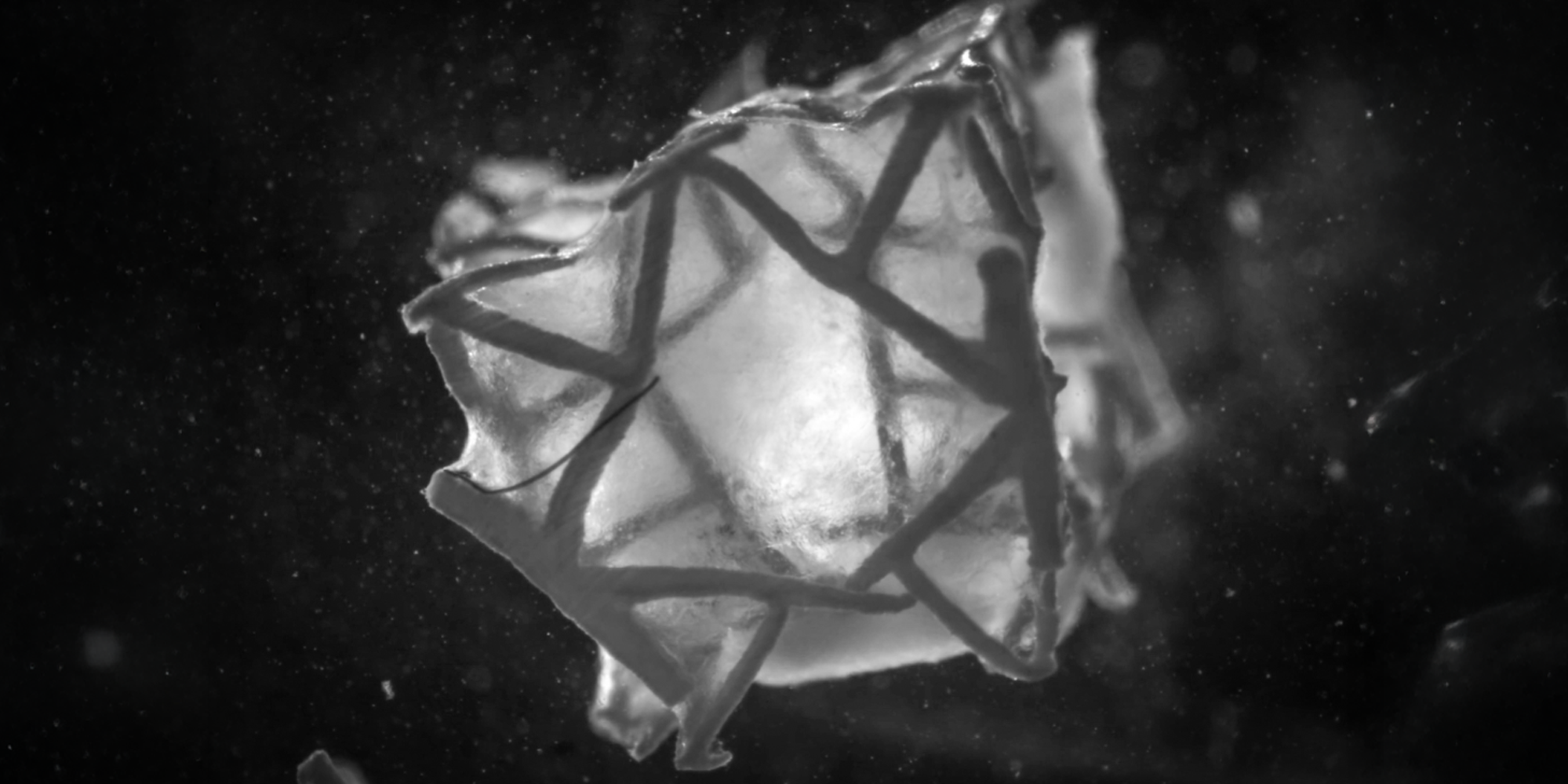Researchers at ETH Zurich and the University Hospital of Zurich have developed a new type of cardiac patch designed to both seal and heal damaged heart tissue. The “RCPatch” (Reinforced Cardiac Patch) represents a potential alternative to current bovine pericardial patches, which remain as permanent foreign bodies in the heart. The research findings were published in the scientific journal Advanced Materials.

The new patch consists of three components: a fine mesh for sealing damage, a 3D-printed scaffold for stability, and a hydrogel containing heart muscle cells. The scaffold features a lattice structure made from degradable polymer produced through 3D printing. “The scaffold is stable enough and can be filled with a hydrogel containing living cells,” explains Lewis Jones, the study’s lead author.
Unlike traditional bovine patches, the RCPatch is designed to integrate with existing heart tissue rather than remaining as a foreign body. The scaffold degrades completely after cells combine with tissue, eliminating the risk of long-term complications such as calcification, thrombosis, or inflammation. “Traditional heart patches do not integrate into the heart tissue and remain permanently in the body. We wanted to solve this problem with our patch, which integrates into the existing heart tissue,” Jones stated.
Initial animal testing using pig models demonstrated the patch’s ability to withstand cardiac blood pressure and successfully close artificial defects in the left ventricle. The researchers were able to prevent bleeding and restore cardiac function during these preclinical trials. “We were able to show that the patch retains its structural integrity even under real blood pressure,” said Professor Robert Katzschmann, who co-led the research team.
The research team plans to conduct long-term animal studies to further evaluate the material’s stability and effectiveness. The goal is to eventually develop the patch for human implantation, moving beyond simple repair to actual regeneration of damaged heart muscle tissue.
Source: ethz.ch

